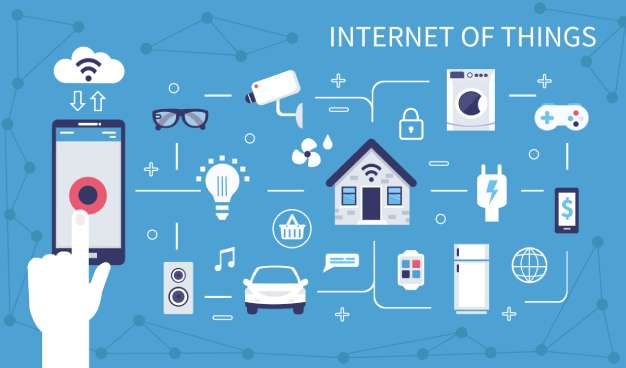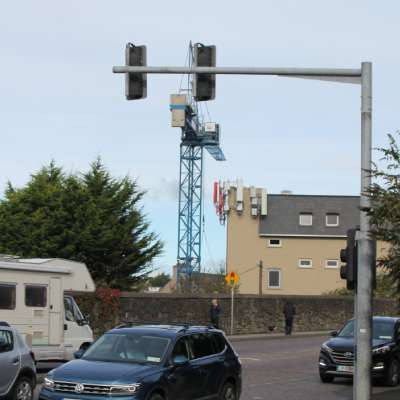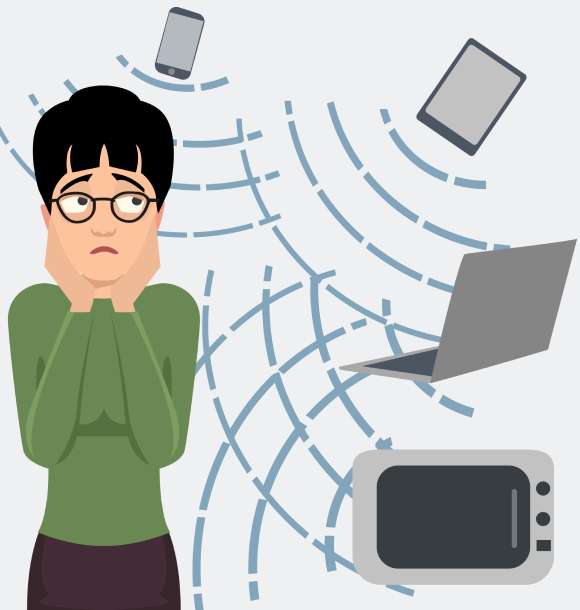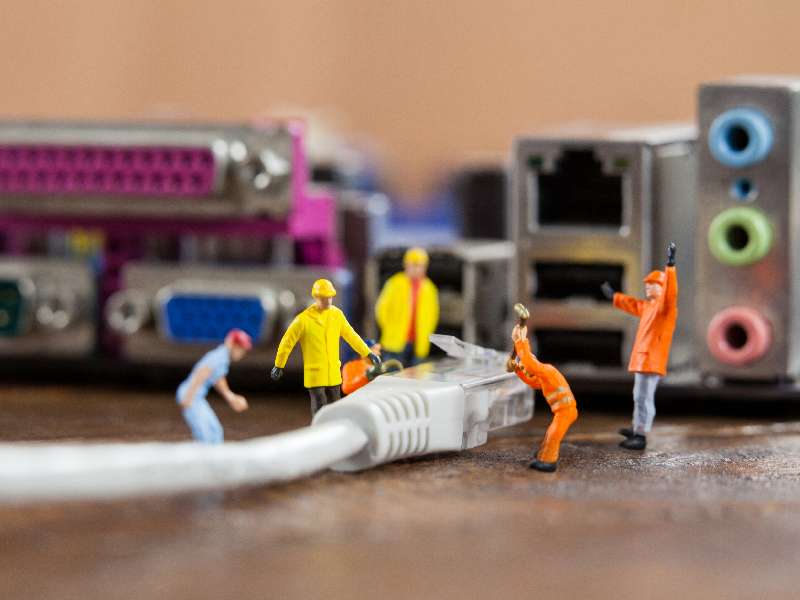What is ElectroSmog ?

ElectroSmog
Magnetic Fields


Radio Frequency
Radio Frequency (RF) fields are high frequency fields and are emitted from wireless systems such as cell towers, Wi-Fi routers and cell phones. Currently with the advent of the IoT technology (Internet of Things) & Smart Technology the number of wireless devices we use is dramatically increasing and so is our unnecessary exposure to them.
We are experts in measuring electromagnetic fields (EMF) and radio frequencies (RF) at your home. We diagnose and provide RF safety solutions for a healthy indoor environment
Protection Tips

How can you best protect yourself and your loved ones from unwanted EMF and RF fields?
Today many of us spend the majority of time in our homes as many employers provide flexible work solutions. This is where you may absorb more electromagnetic radiation than anywhere else. Your home is also the place for rest and replenishment an EMF saturated environment is not conducive to rest, relaxation and replenishment.
Most of the EMF that we experience at home does NOT come from external sources (power lines, sub-stations and cell towers ) but from electrical equipment and radio transmitting devices inside our home.
These are the kinds of harmful EMF you may experience at home:
Low-frequency EMF comes mainly from mains electrical appliances and house wiring. Mains electricity alternates (cycles) 50 times a second, or Hertz (Hz).
That sounds fast, but in electromagnetic terms, it is very slow – and that is why it is called low-frequency EMF, or very low frequency (VLF), or extremely low frequency (ELF).
Radio frequency (RF) EMF is mainly used for radio communications. These are energy waves which alternate very rapidly, often faster than 1,000,000,000 cycles per second, or 1 Gigahertz (GHz).
Tip 1: Keep 1 metre away from appliances.
You may not be able to do anything about the power lines across the street, but you can make sure you stand further from the stove. Don’t ignore the EMF which comes from electric appliances nearby.
All electrical appliances, power tools, computers, motors, chargers, TVs etc. radiate low-frequency EMF. Small appliances can make large EMFs. For example, most battery chargers including phone chargers pack a powerful punch.
Larger appliances, such as freezers/stoves, may create a small or large EMF. Ovens, stoves, electric heaters and washing machines generally produce the most.
So a rule of thumb: expect a low-frequency EMF from a source within your house to extend 1 metre in all directions, unless you know otherwise.


Tip 2: Different EMF frequencies have different penetration qualities.
Low frequency radiation just goes straight through walls ,floors brick, metal and you it will penetrate anything. Nothing blocks low-frequency EMF.
Radio frequency radiation is blocked by many materials. A thick brick wall will stop most of RF, A metal sheet will stop it completely, it can be shielded.
Lets say you put a metal sheet between two computers that are communicating wirelessly (by radio) they will still be able to talk to each other.
The reason is radio waves bounce off surfaces which they cannot penetrate, like walls, floors and metal, so the message will still get through, unless you block every possible path.
The World Health Organization considers such radiofrequency radiation a Class 2B carcinogen.
Tip 3: Switch off devise when not in use
We are talking about digital phones, wireless modems and routers, wireless computers and printers. Also microwave ovens, which tend to leak substantial radio-frequency EMF.
Expect that radio-frequency EMF from a source within your house will fill your house.
Think about the electrical devices polluting your home with EMF right now, are your digital phones, wi-fi, computers, printers and bluetooth devices all chattering to each other ?, are these devises doing all that much for you ? Turn everything off before you go to bed at night. If you have a DECT phone remove it and revert back to a cable land phone. DECT phones operate the same way as a mobile phone mast the base station of the DECT phone send EMF waves or microwaves,

We are constantly increasing our high frequency exposure load by the increased usage of wireless communication networks such as cell phones, baby monitors, WLAN (wireless local area networks), Bluetooth and other applications.

Tip 4: EMF Protection Tip 5 – Get Cables !
Get cabled Internet access so that the electromagnetic energy EMR emitted by your device and web access is confined within a cable. We don’t like to be constrained by wires, but its an easy habit to break once we know the consequences.
How about a wired computer network instead of wireless? Keep the wires tidy.
I have often been called in to do an EMF survey of a house which was close to a cell tower, or power lines, so the owners were anxious about EMF. Sure enough, I usually find plenty of EMF to warrant their concern, but most of it was coming from appliances INSIDE their house! Ironic, isn’t it?
At least the cell towers go quiet during the night! But most types of digital phone never stop transmitting.
Tip 5:


Tip 6:
EMF gets weaker with distance. Inverse Square Law (Take the figure attached).
The further we stand back from the source the potential exposure decreases exponentially rather than smoothly
All EMF gets weaker with increasing distance, but with low-frequency EMF it gets weaker very rapidly. This is important because it means that you can often protect yourself against low-frequency EMF by simply getting a little further away from it.
Even a few inches can make a big difference with household electrical equipment eg standing a little further back from your oven or microwave.
Radio frequency EMF also gets weaker with increasing distance, only much more slowly. That is why radio frequencies are used for communication over a distance.
Moving a little further away is sometimes not a good option with radio-frequency EMF, because you can’t get far enough away. In these circumstances it may be better to consider screening options.
Care should be taken on how and where we install and use wireless networks within our indoor environments, especially in bedrooms, and areas where we spent a significant amount of time.

